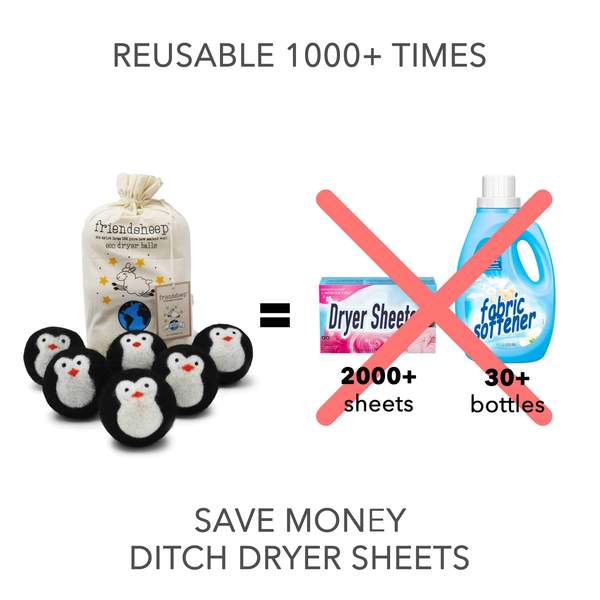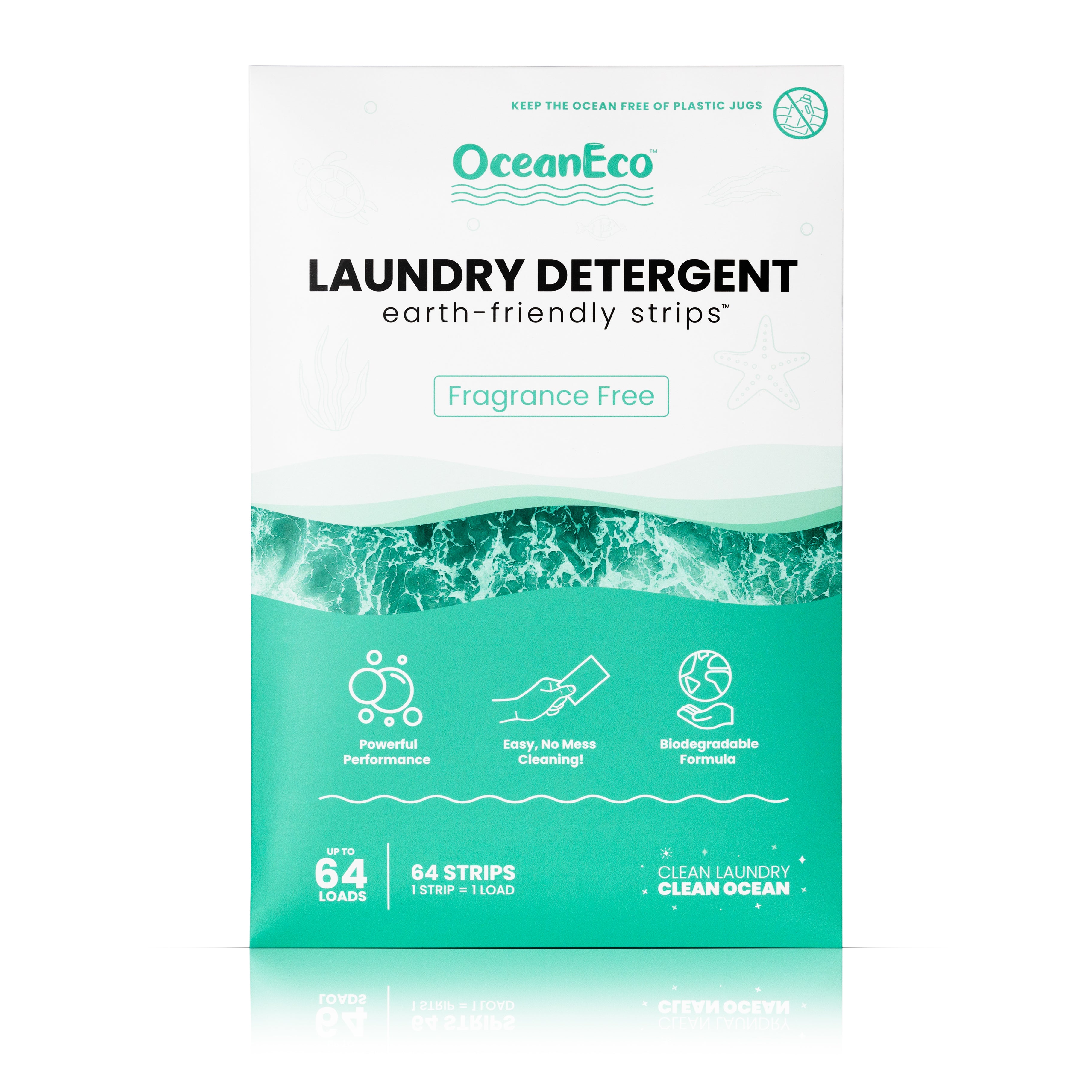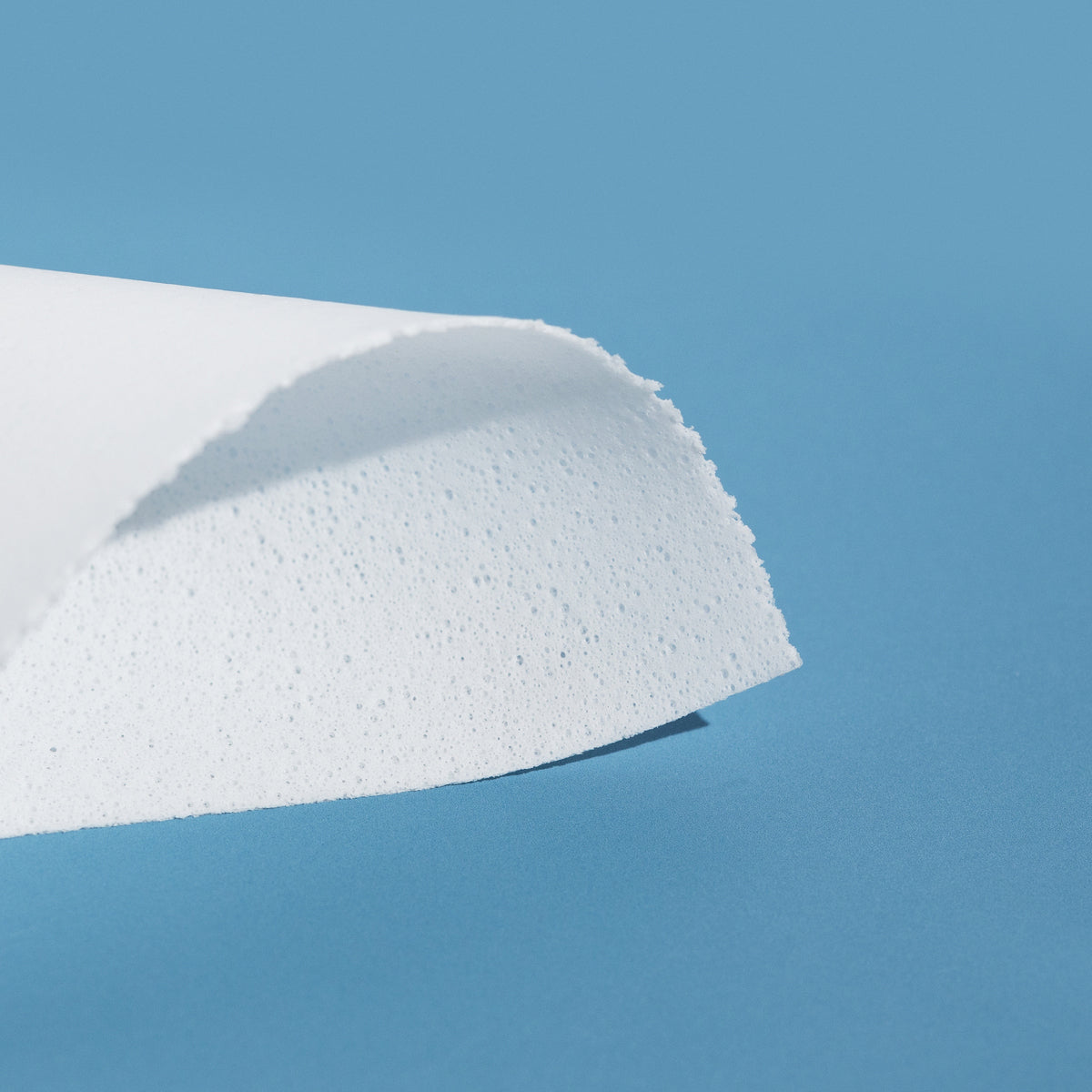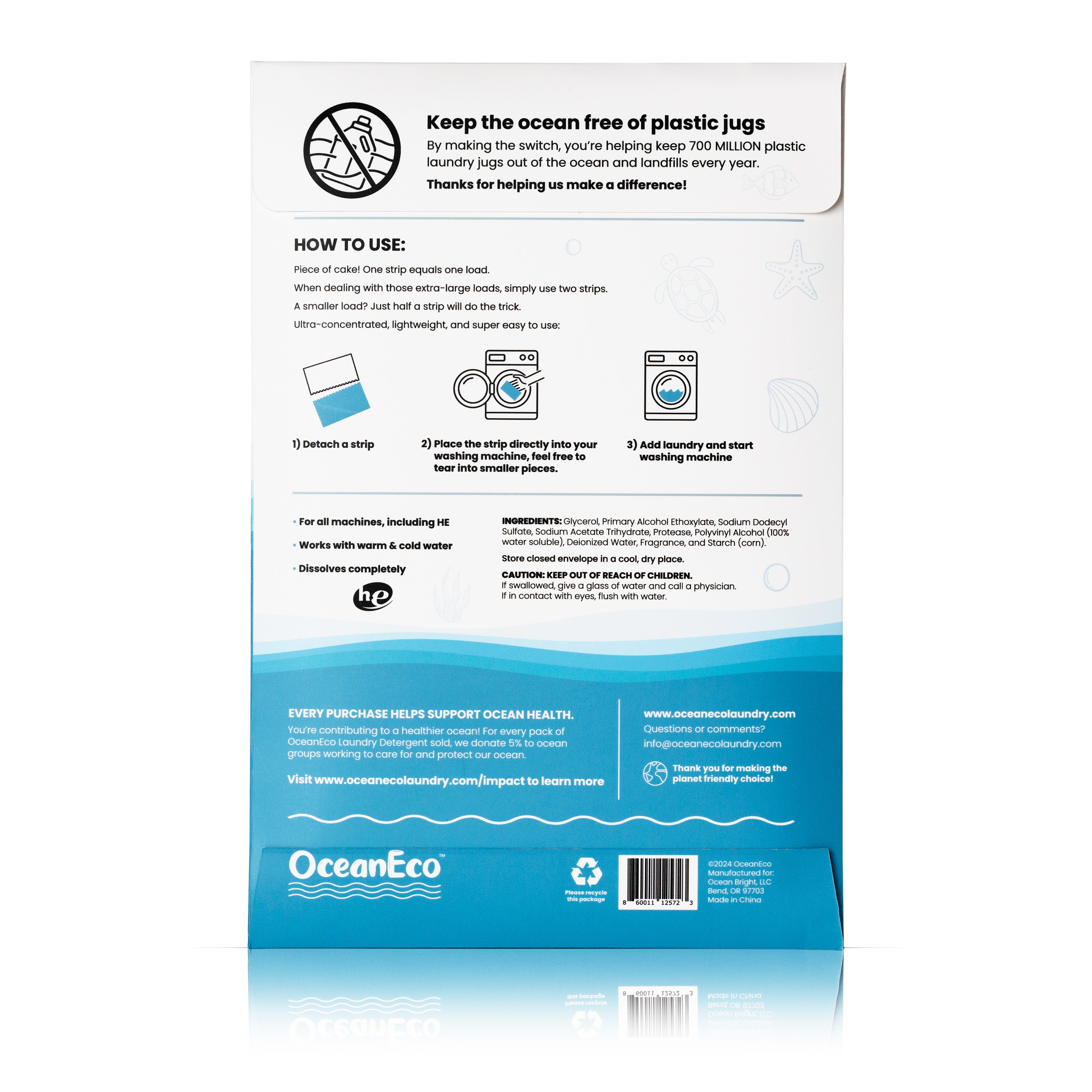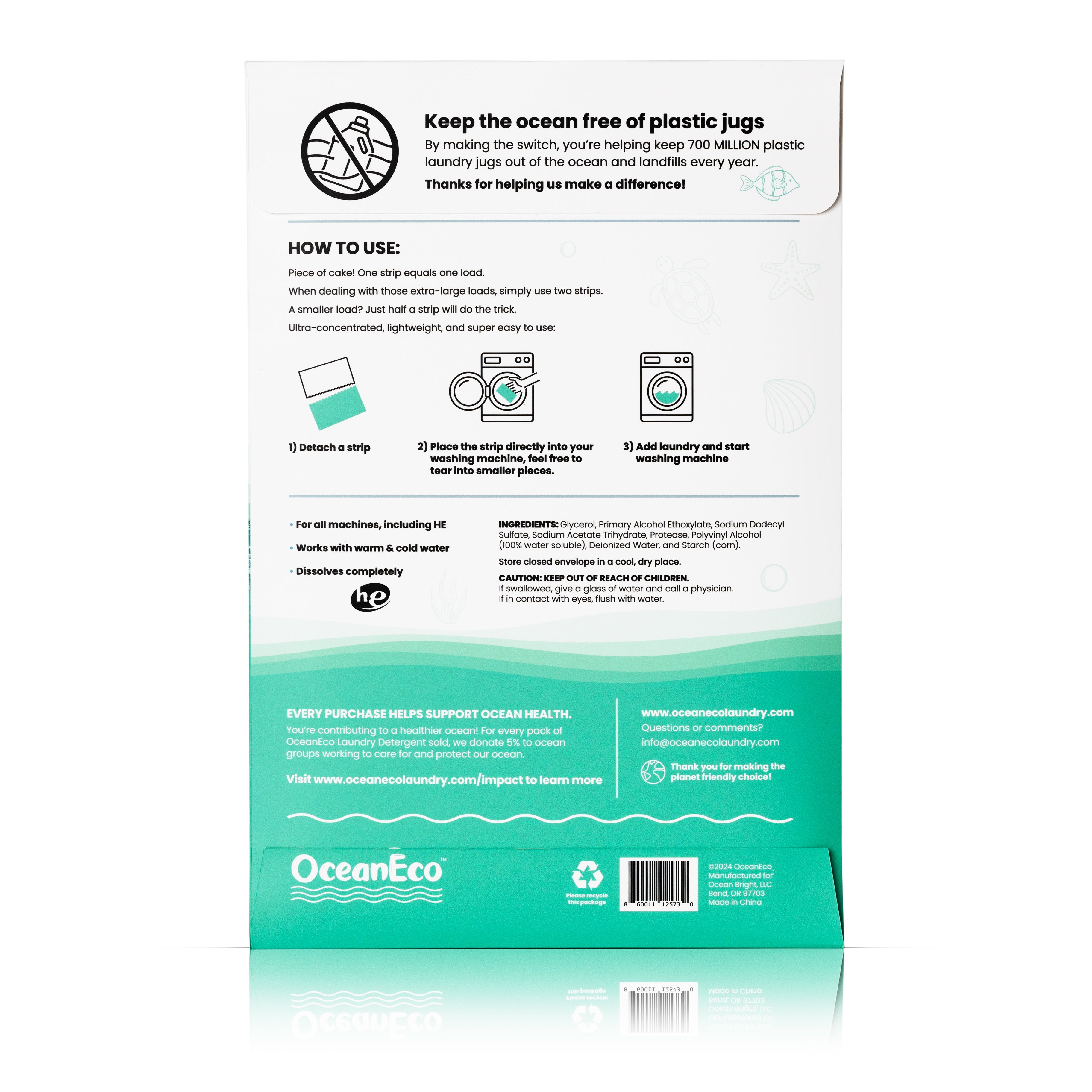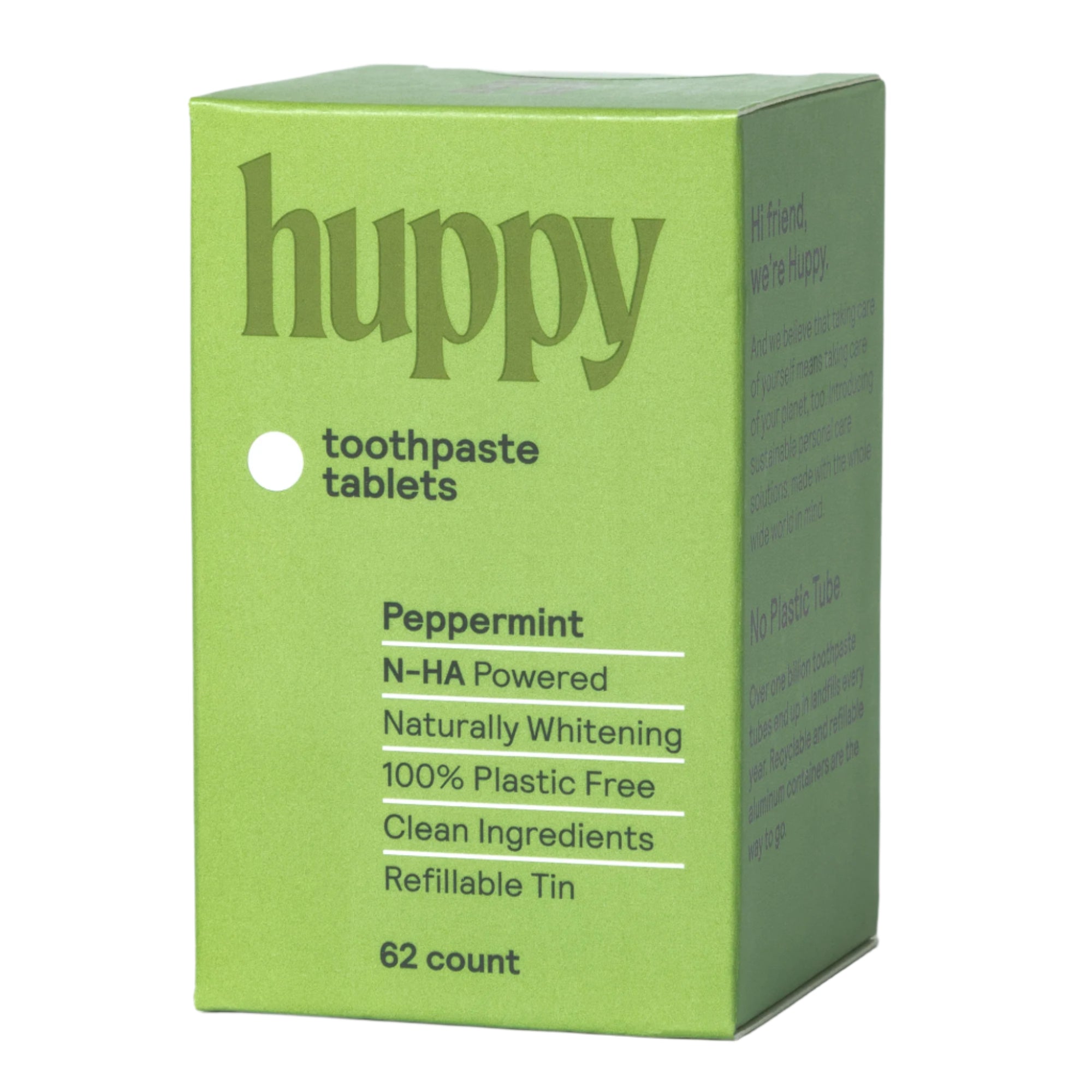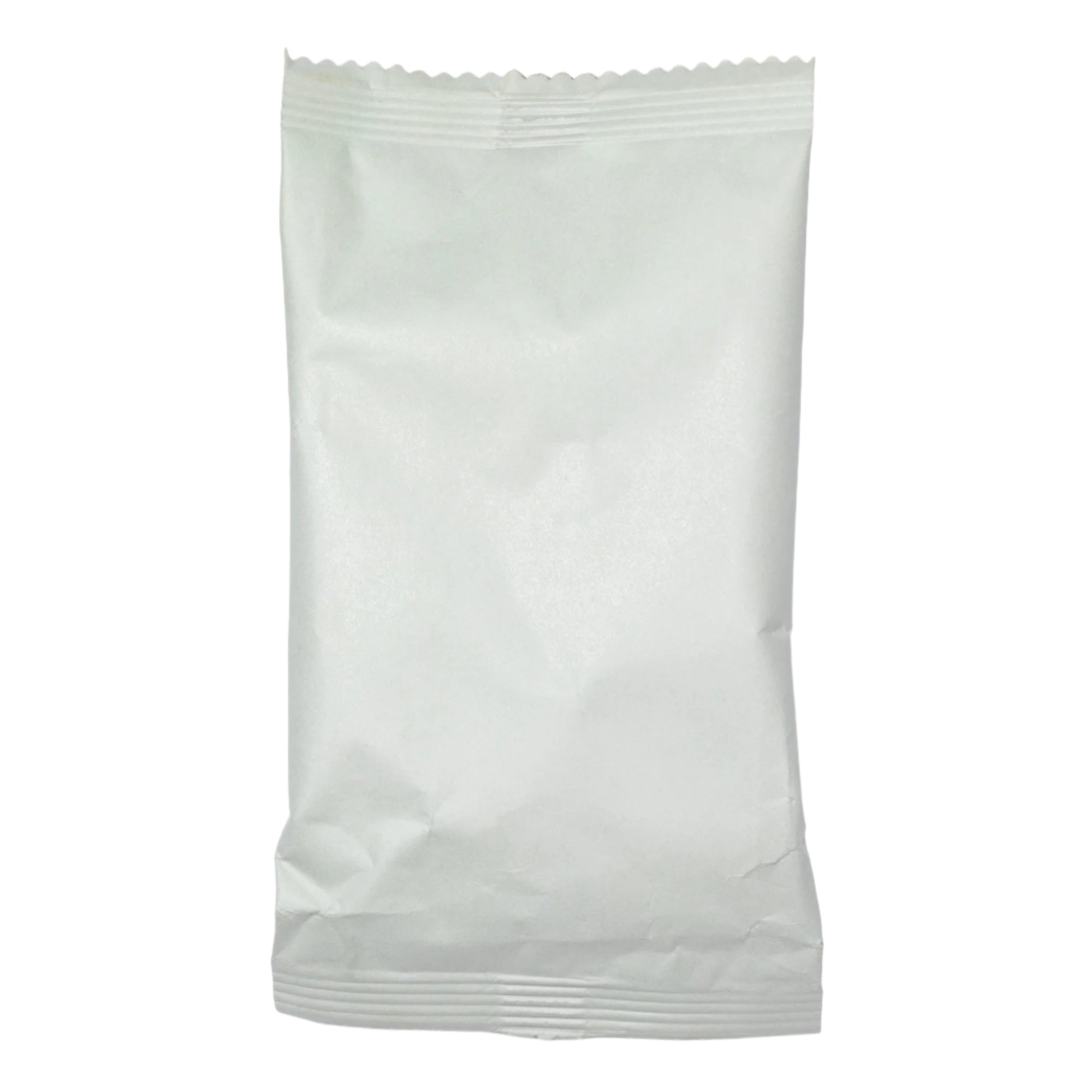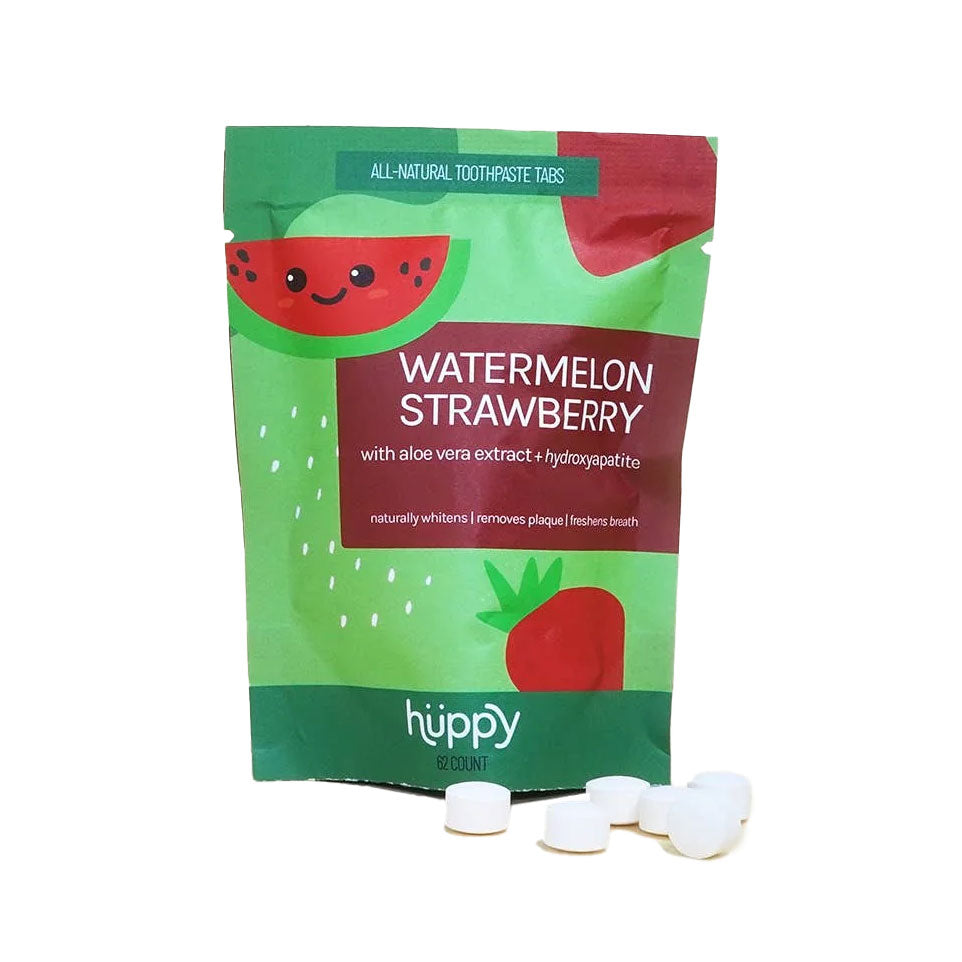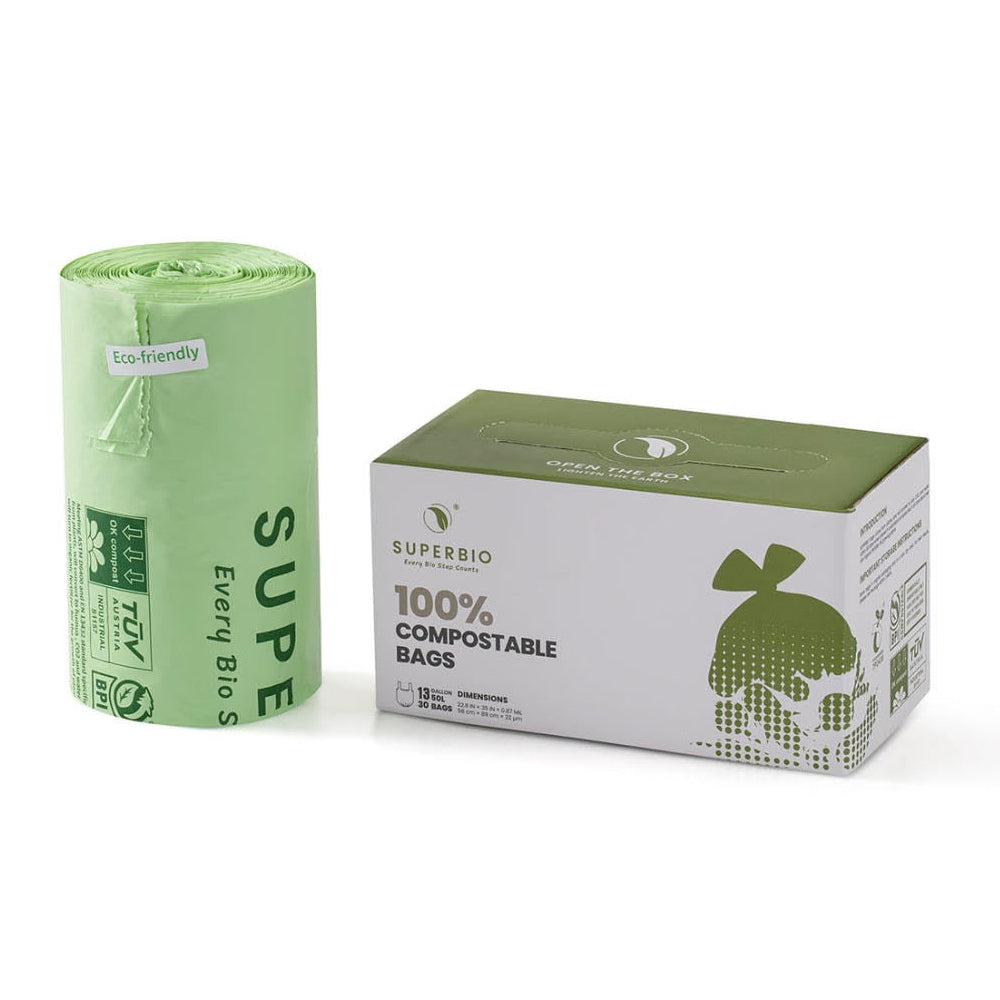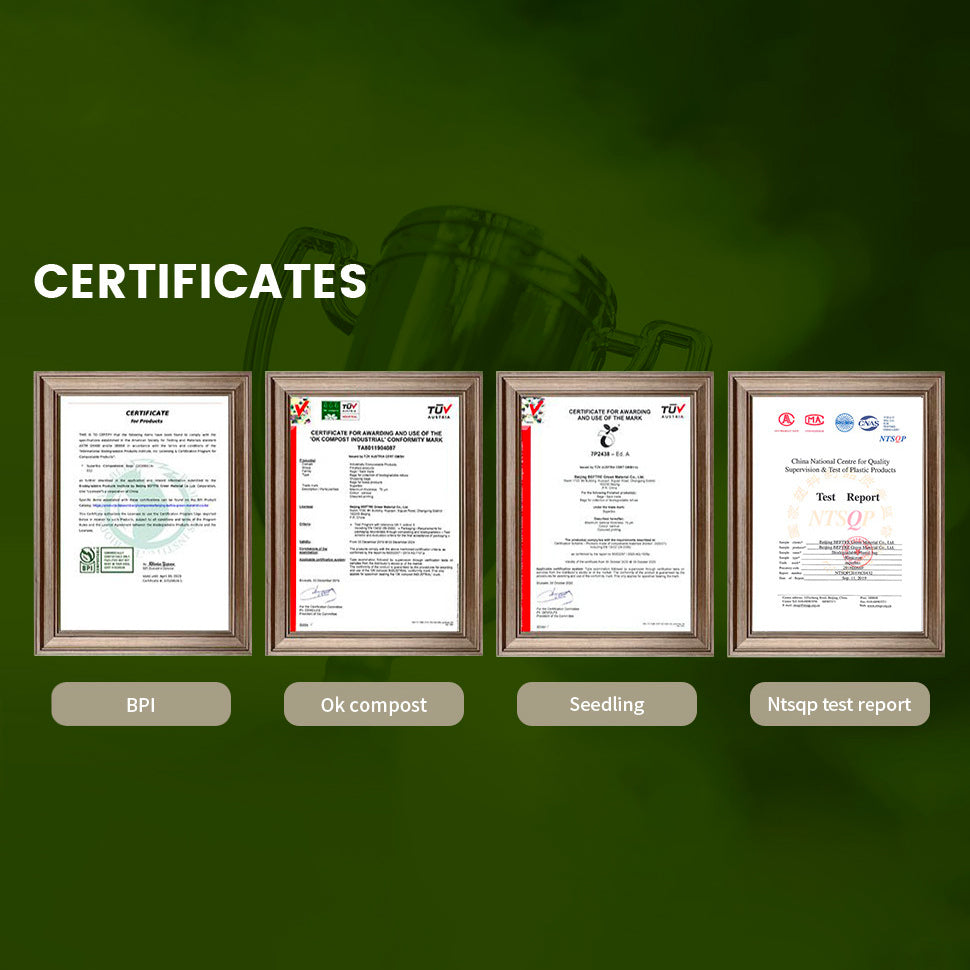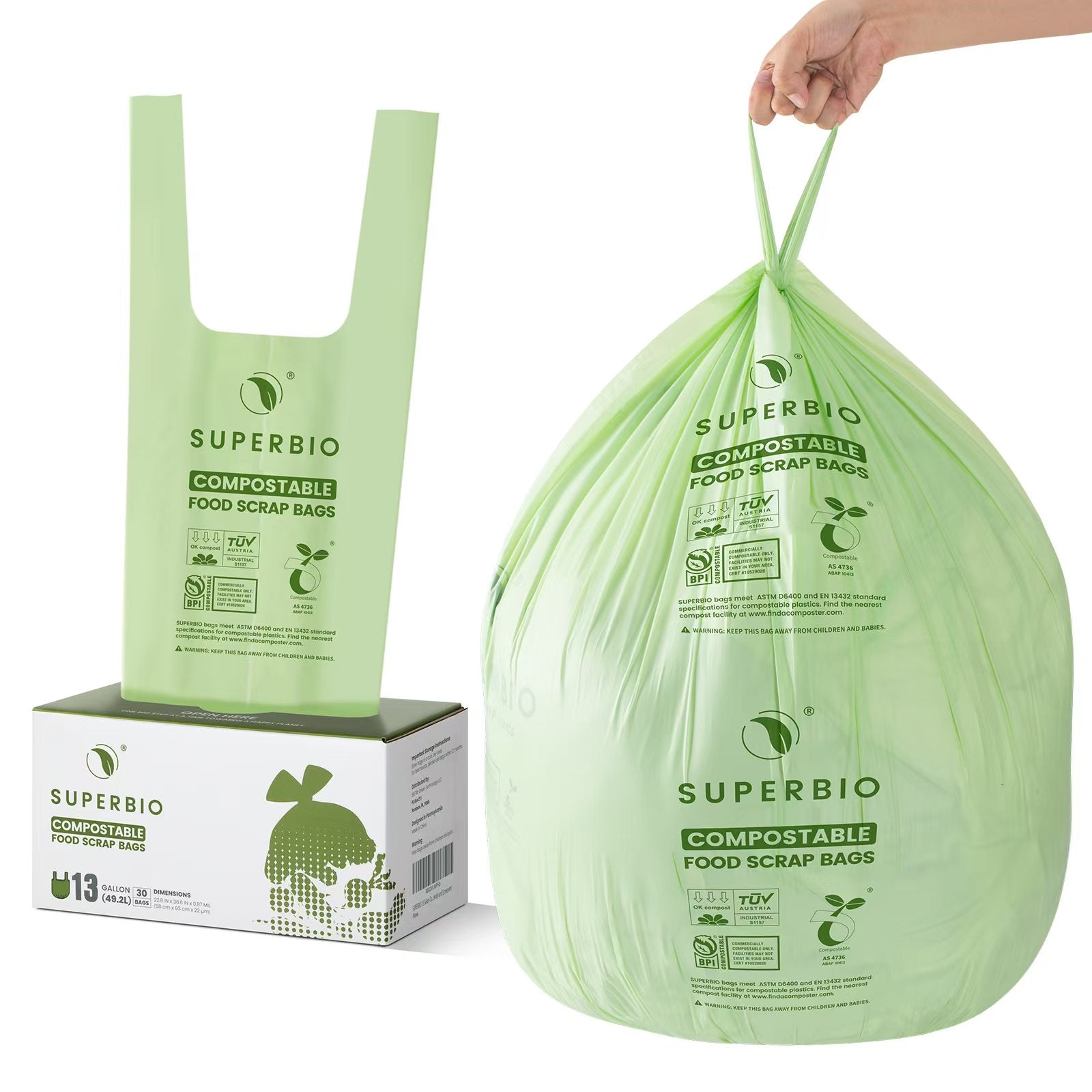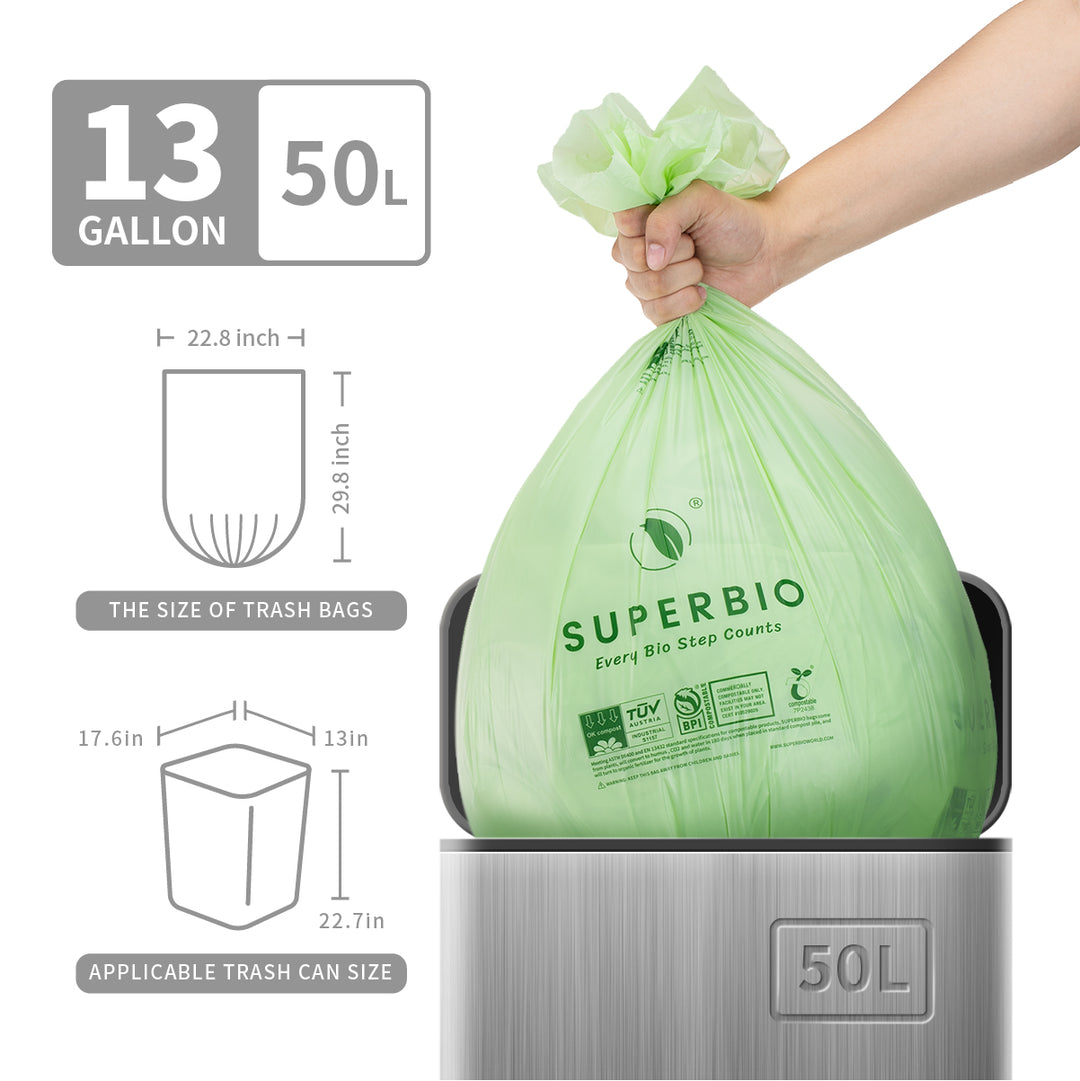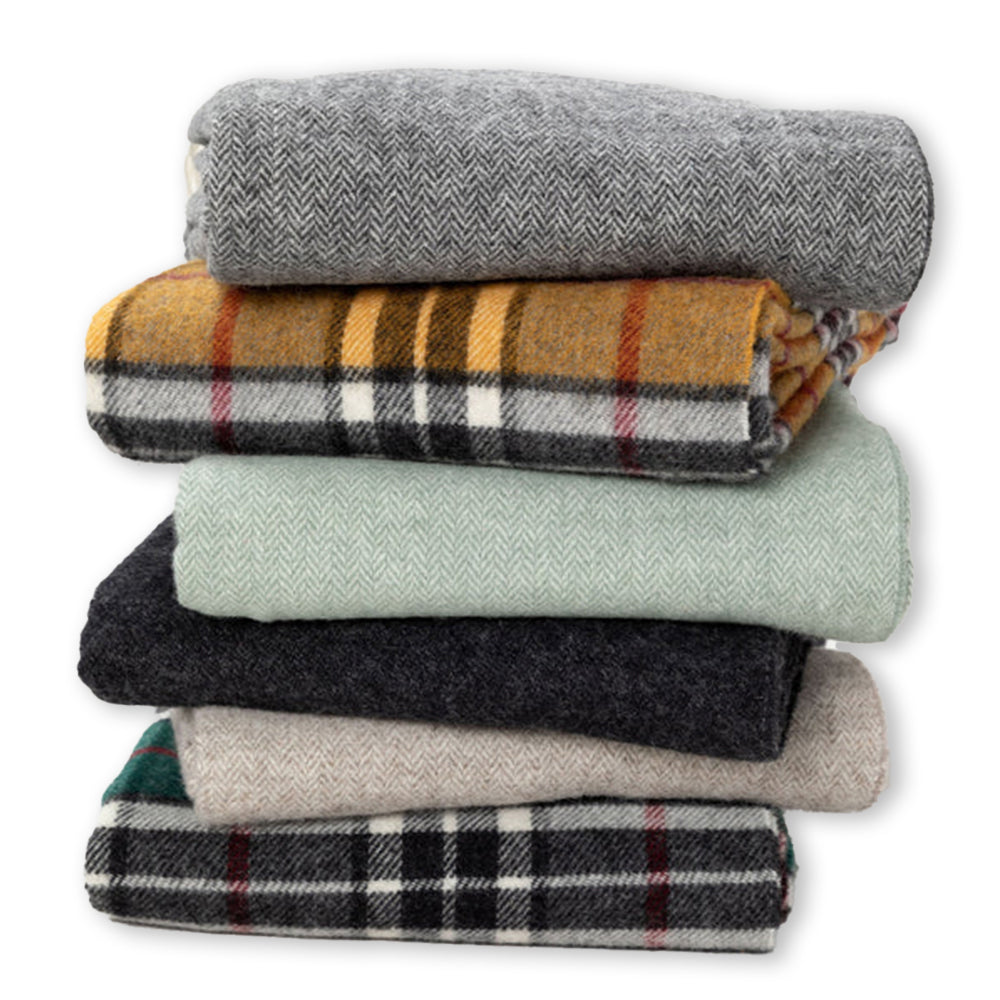Scientists Uncover Mysterious Ocean Barrier That Divides Identical Jellyfish Into Separate Worlds
Far below the Arctic’s icy surface, a jellyfish subspecies appears to obey a rule no one can see. The deep-sea Botrynema brucei ellinorae drifts through the midnight zone, more than a kilometer down. Some individuals have a small, knob-like bump atop their bell. Others do not.
Both forms live in the Arctic and sub-Arctic, but researchers noticed something peculiar — the smooth, knobless type has never been recorded south of 47°N latitude, near the North Atlantic Drift. Knobbed jellyfish, however, roam the world’s deep oceans, from polar seas to the tropics, Science Alert reports.

Knobbed jellyfish are found in deep oceans worldwide.
The Invisible Barrier
This separation hints at what scientists call a faunal boundary — an invisible dividing line that changes which species are found on each side. These lines can be shaped by temperature, currents, prey, or predators.
In this case, the dividing zone sits within the North Atlantic Drift, a major current carrying warm water north from the Gulf Stream. Past research has described the area as a “transition ecotone” where boreal and subtropical species mix, Live Science notes.
Same DNA, Different Reach
Using over 120 years of records, genetic tests, and ROV surveys, scientists confirmed that knobbed and knobless forms belong to the same genetic lineage. Yet their ranges are starkly different. As IFLScience reports, the knobbed morph crosses latitudes freely. The knobless morph is locked in the north.
Why? One theory is that the knob gives protection against predators found further south. Another suggests subtle environmental shifts — perhaps in salinity, prey abundance, or competition — block the smooth form’s expansion.

Knobless jellyfish have never been recorded south of 47°N.
A Possible One-Way Gate
The North Atlantic’s circulation could play a role. The Deep Western Boundary Current funnels Arctic waters southward along North America’s coast. According to Deep Sea Research, it might carry knobbed B. brucei ellinorae beyond the barrier but stop the smooth form from moving through.
Interestingly, no such invisible wall exists on the Pacific side — there, the shallow Bering Strait naturally blocks deep-sea species.

This separation acts like an invisible faunal boundary.
What’s Next Beneath the Waves
This discovery not only extends the known range of B. brucei ellinorae but also challenges assumptions about species with worldwide distributions. It’s a reminder that the ocean’s depths hold not just strange creatures, but also hidden rules that even brainless drifters seem to follow.
Understanding these unseen boundaries could help explain how marine species evolve and adapt — and how many other lines may still be waiting to be found.




























































































